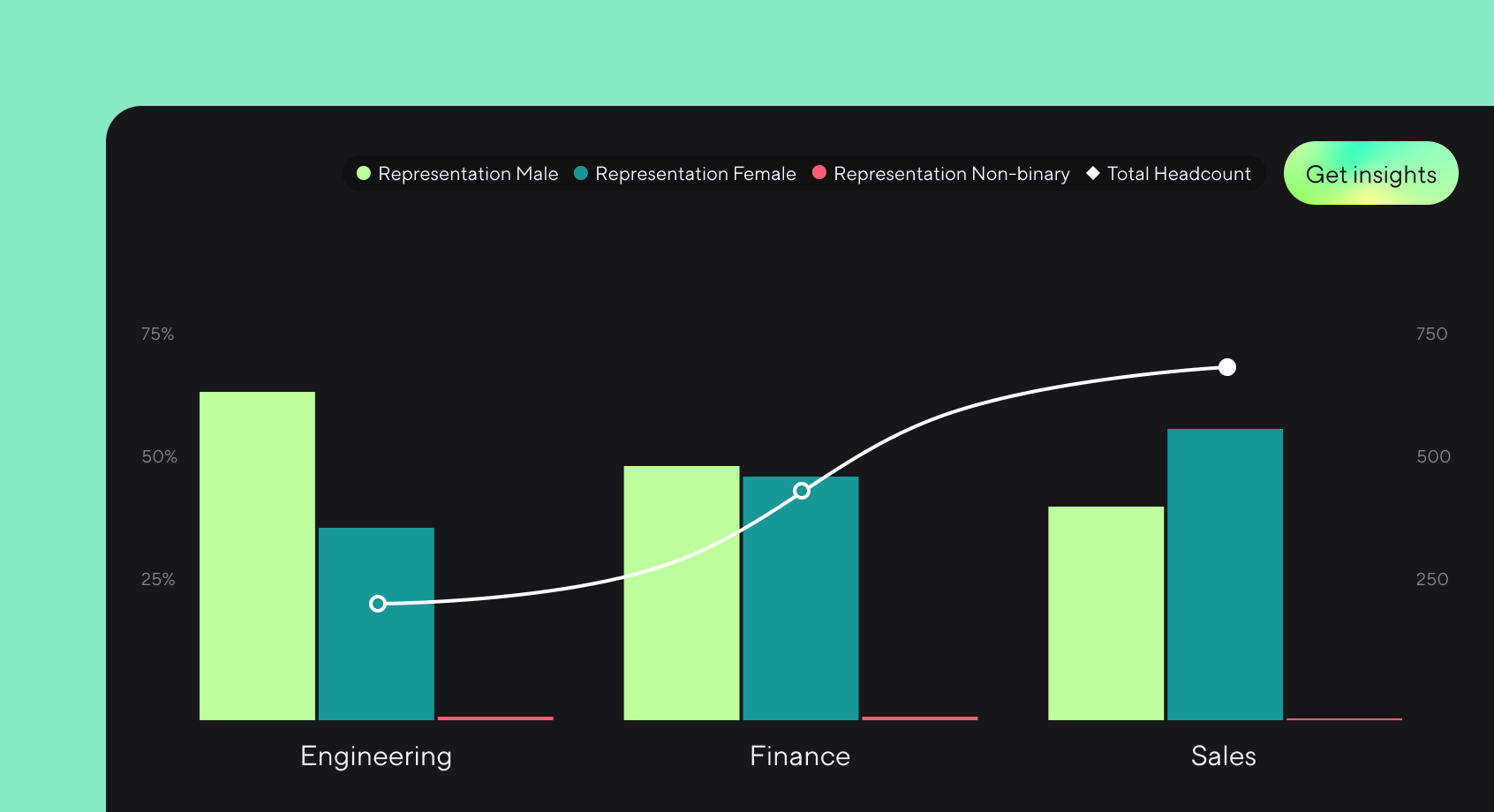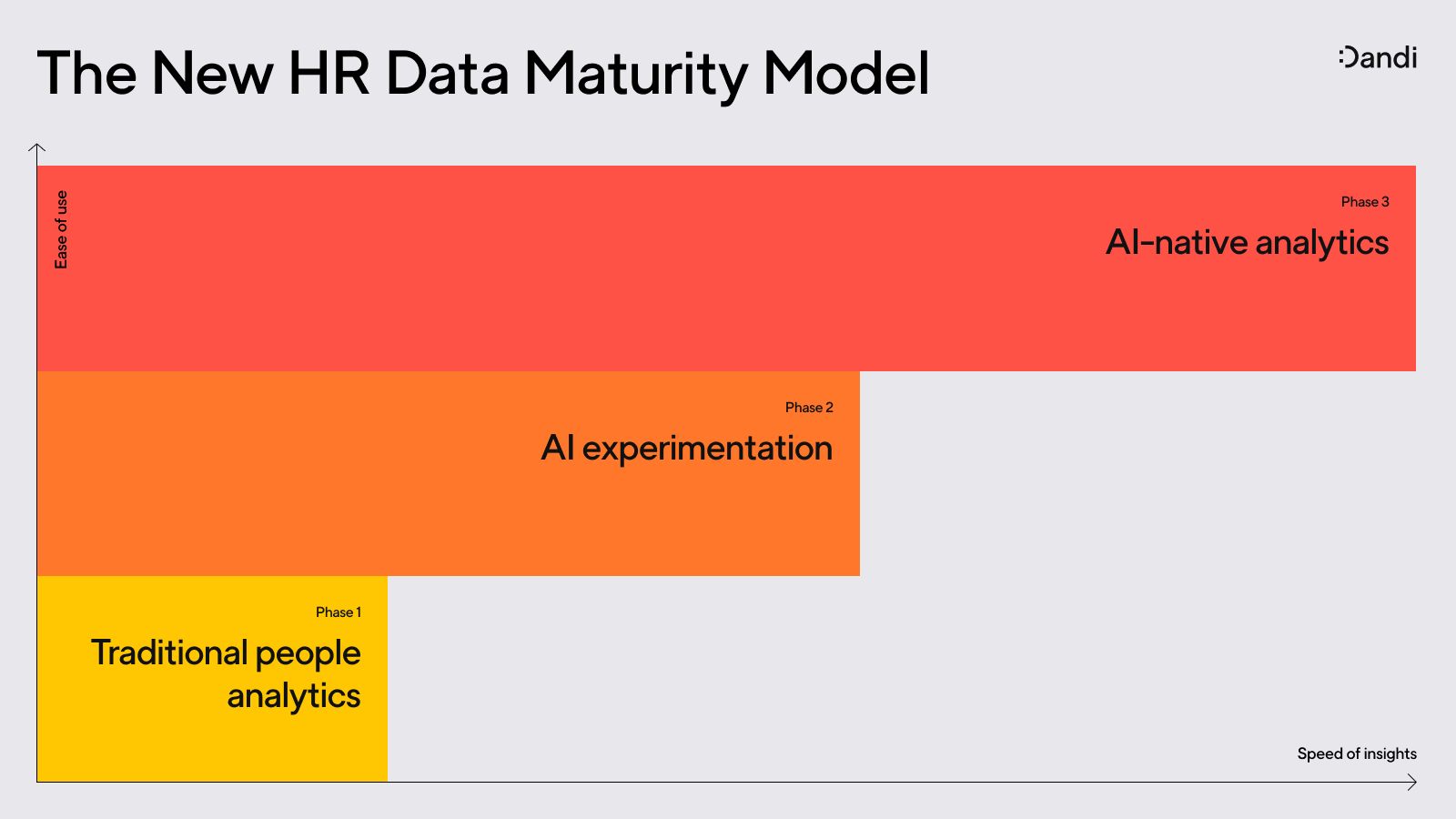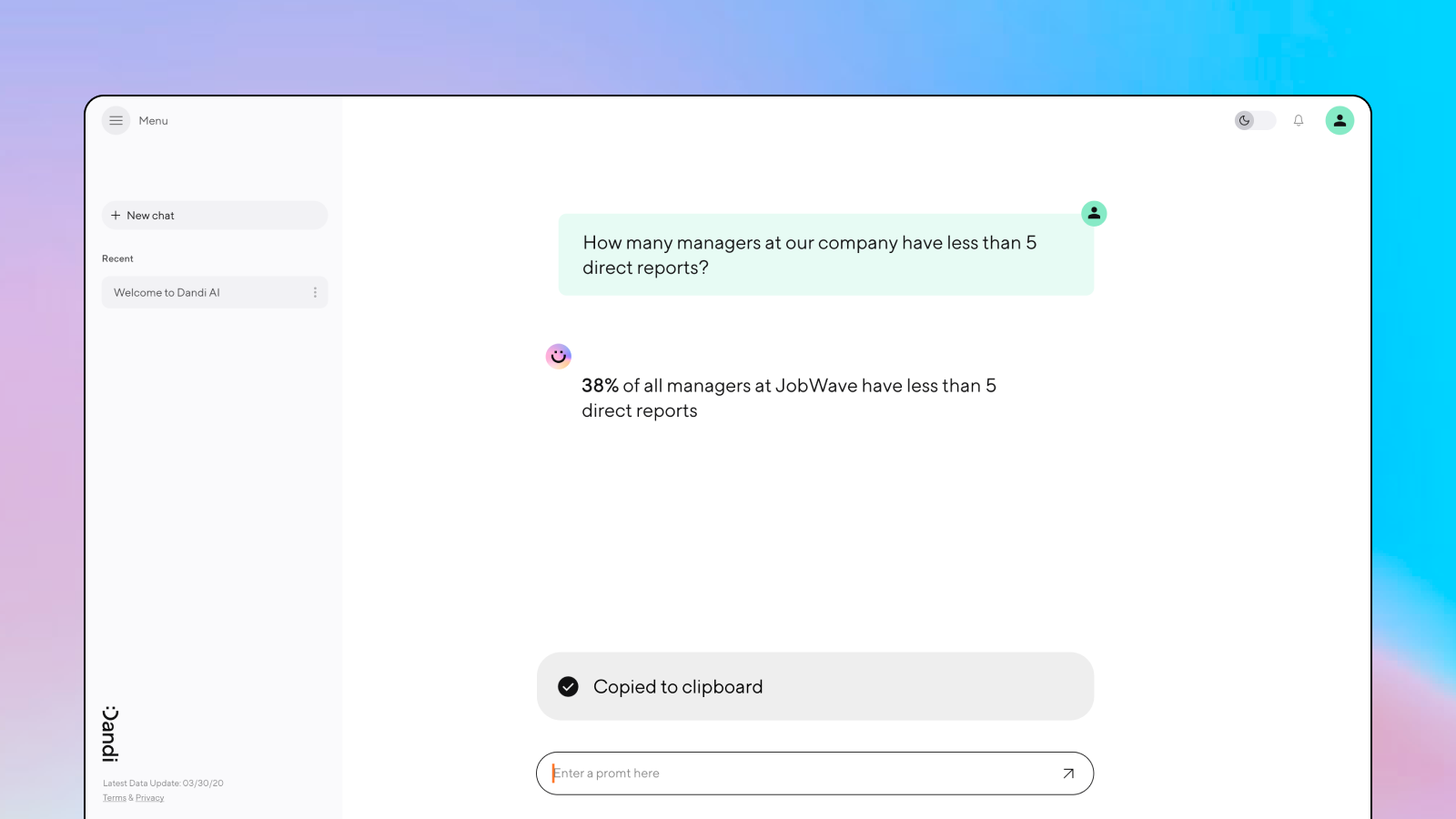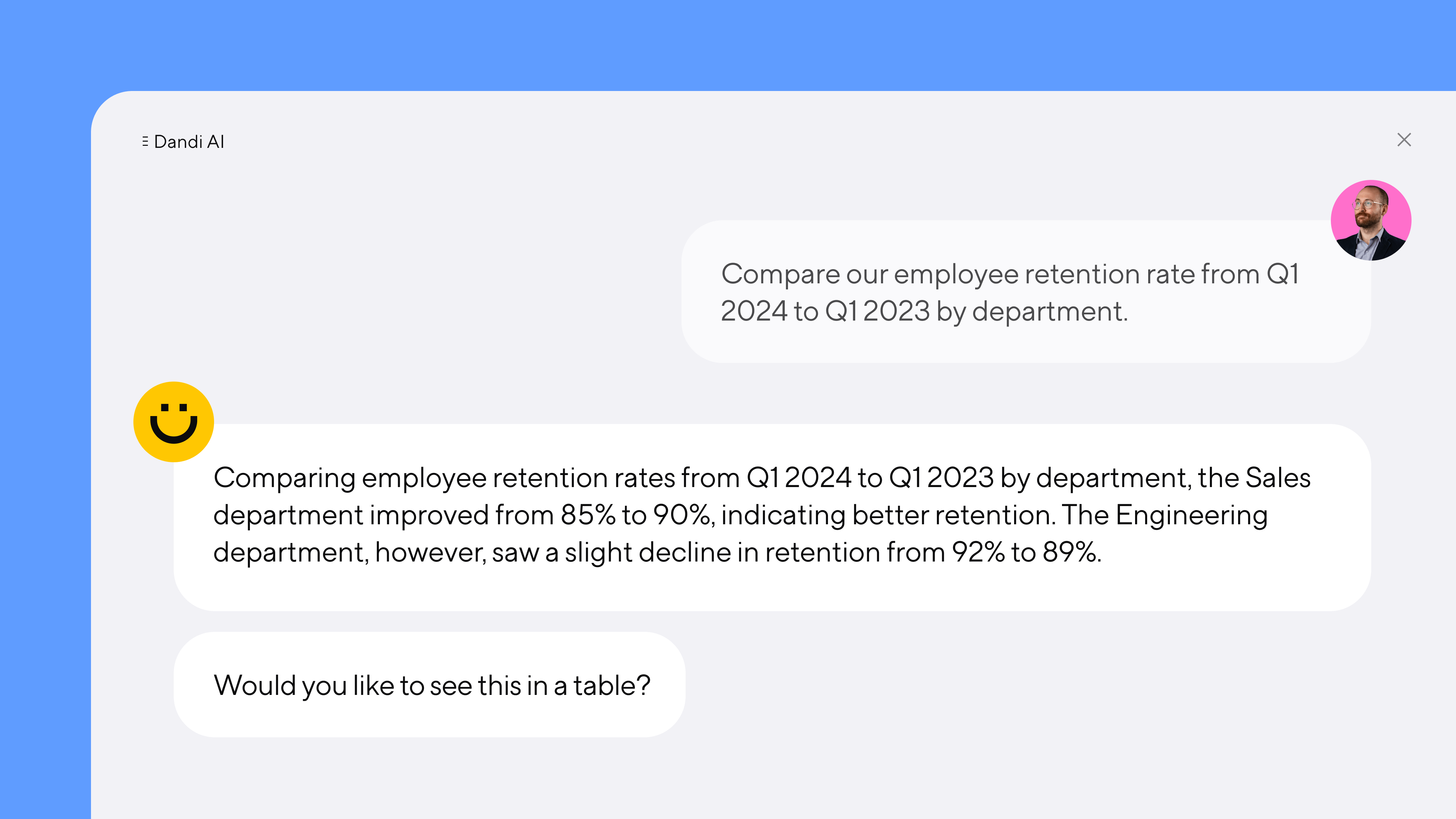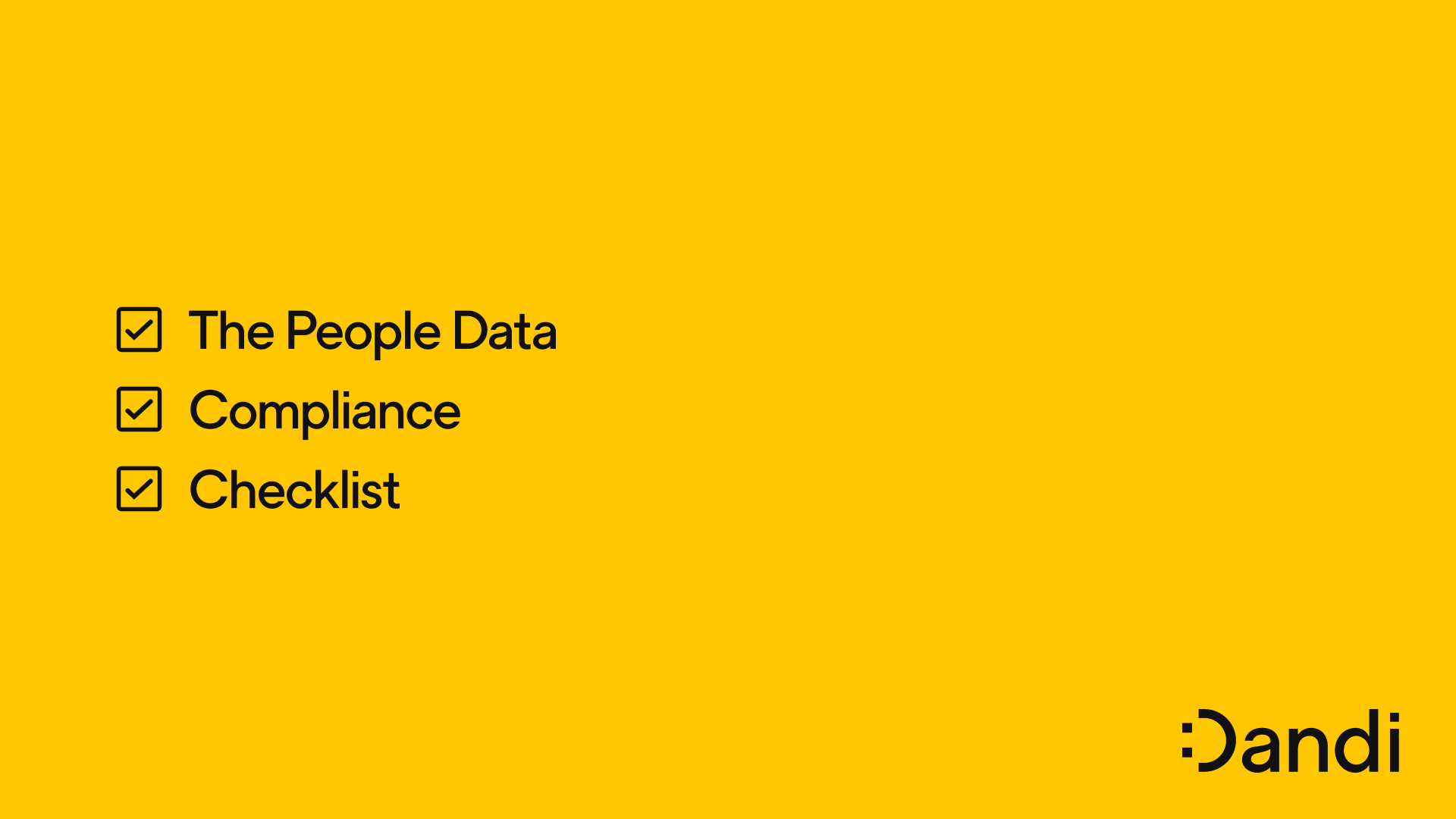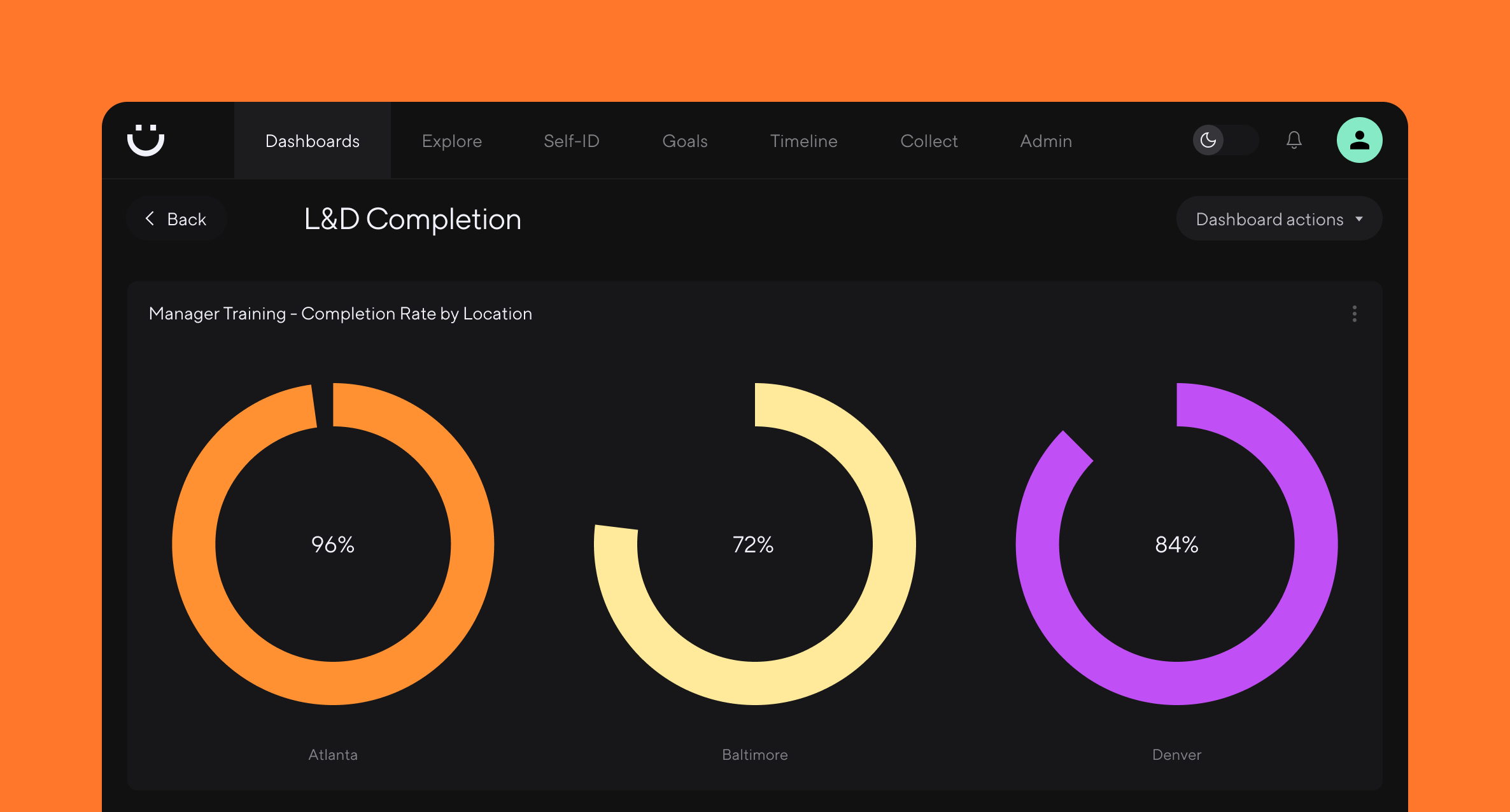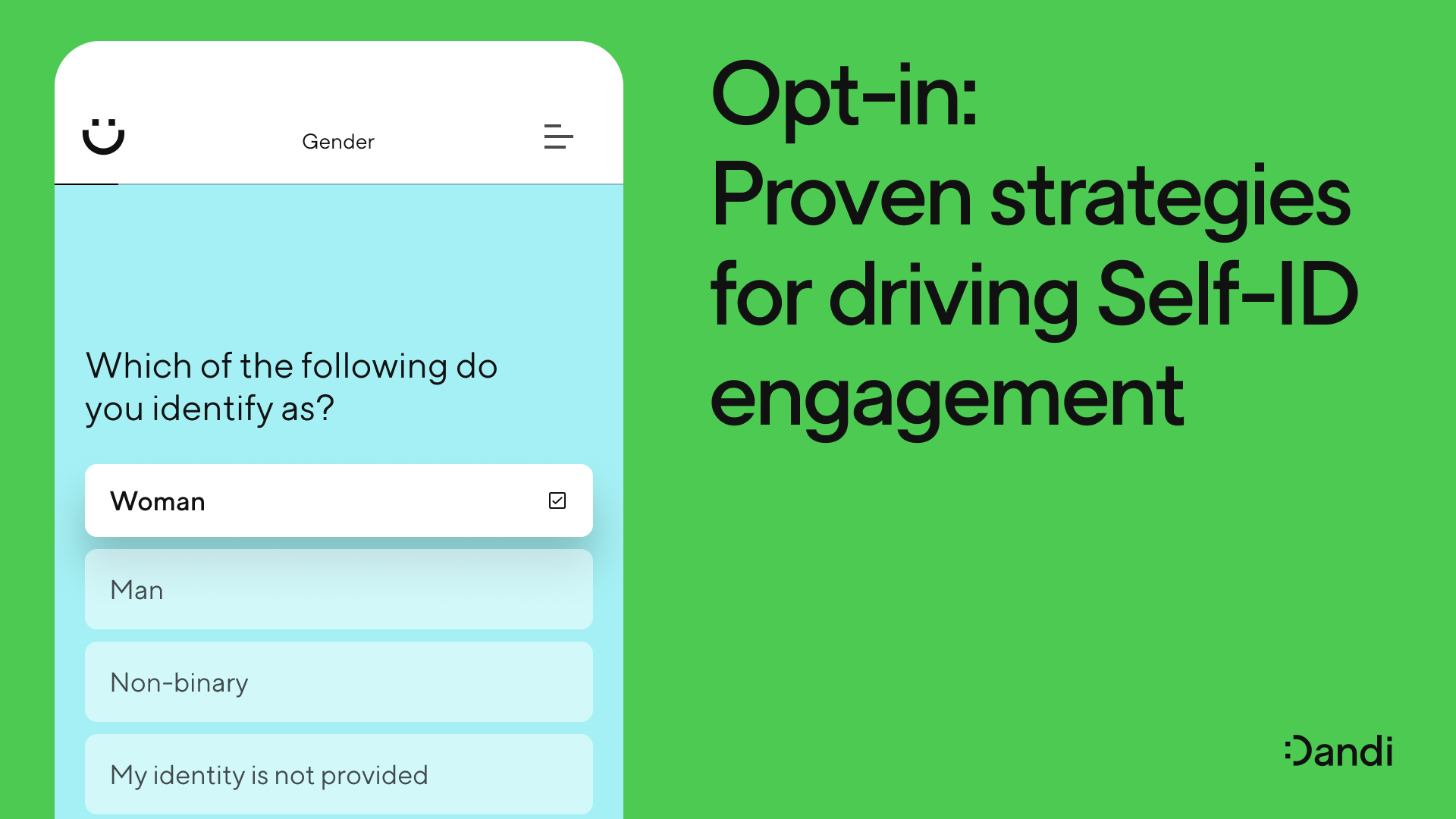To start closing pay gaps, think small

Camille Hogg, PhD – Dec 21st, 2022
Closing race- and gender-based pay gaps can feel like an impossible task. Rather than trying to solve everything all at once, organizations should look to make small, targeted fixes. Find pay gaps. Close pay gaps. Repeat!

Organizations often think of pay gaps as a series of stark differences.
We know that women are paid 17% less than men, for example, and that Black employees are paid 20% less than White employees. Transgender employees make 32% less than cisgender ones.
The problem is that viewing differences in this way only tells us the scale of an issue. It gives us a broader view of the "big," aggregate pay numbers within an organization.
But these big numbers won’t close the pay gap. Simply understanding the scale of a problem does little to help us know how to fix it.
When organizations set goals based on big numbers, progress can feel overwhelming and difficult to achieve. It’s harder to take steps towards concrete actions, because there’s no context of how, why, or where to act. Organizations know they need to make meaningful changes, but struggle to make a start.
But the organizations that are navigating pay equity challenges successfully aren’t paying too much attention to the bigger differences. Instead, they’re focused on moving the small numbers.
What do we mean by small numbers? We mean the granular numbers—the ones that show how men and women get paid at a department-level, within the same job level, or at different age brackets.
Here's why the small numbers matter:
First, they show how pay gaps emerge across their entire employee lifecycle. Second, once spotted, small numbers are easier to fix than big ones. That means it's easier to start taking concrete steps toward pay equity, sooner.
And if you want to start finding the small numbers in your compensation data, you need to unlock the power of intersectional measurement.
Pay gaps are an intersectional issue
Pay has never just been about salary.
How we get paid is defined by factors like our job title, job level, the department we work in, and where we work. In turn, those factors intersect with dimensions of diversity, like race, ethnicity, gender, sexual orientation, and more.
When we analyze pay through all of these factors, we get a far more accurate view of how they interlink with the number on our paycheck. We can also see how pay gaps emerge in the first place.
Organizations can make this a reality with intersectional measurement.
When we analyze pay through the lens of intersectionality, we can see how pay gaps emerge in the first place.
Intersectionality is a way of describing how identity, experiences, and dimensions of diversity overlap and contribute to the disadvantages and discrimination they face. Intersectional bias and discrimination are embedded in the structure of our society, and they’re found everywhere—including in medical outcomes, the legal system, education, and the workplace.
Taking an intersectional approach to measuring your organization’s pay gaps means you can dig deeper than surface level disparities—or the big numbers—and focus more energy on unlocking the why.
This gives you the "small" numbers that help you identify the root causes of discrepancy across your organization.
In practice, it’s the difference between knowing you have a pay gap, and finding out that LGBTQ+ employees are likely to receive lower salary offers during your hiring process. It means that you can analyze how people from different ethnicities are paid across your entire engineering department—or how women at a senior leader level are paid compared to their male peers.
Understanding these smaller moments where pay gaps emerge means you’re able to drive urgency around solving them, and make targeted changes that address tangible issues.
Intersectional measurement can drive pay equity
When organizations implement intersectional measurement as part of their DEI strategy, they’re better able to take proactive steps to identify the causes of inequity, and adjust their processes and systems to create fairer outcomes.
Maximizing this impact depends on taking a real-time, continuous approach—both in analysis, and actions.
Take time to understand the root causes
Pay gaps are a symptom of inequity, but they’re not the cause. But while it can be tempting to take immediate action when you discover them, it’s far more impactful to take the time to understand what’s causing it instead. Otherwise, any fixes you do make may end up being little more than a bandaid.
Knowing that you have a gender pay gap isn’t the same as understanding that it’s more likely to occur in your EMEA locations, at a senior level. Knowing you have a race pay gap isn’t the same as digging into your Engineering promotion processes to find that Latina employees aren’t getting the support they need to develop.
Finding the root causes using real-time intersectional measurement helps you start with the small numbers, and make impactful changes that target specific issues.
Knowing that you have pay gaps isn't the same as knowing why you have them.
Create a strategy to communicate pay equity
Employees are increasingly demanding pay transparency. Almost 70% would change jobs for an equal salary elsewhere if their new employer offered increased transparency.
Research has found that when employees feel they can talk openly about pay, they feel an increased sense of trust and fairness towards their employer. Organizations with higher levels of pay transparency are more likely to achieve pay equity and fairer performance processes.
This tells us that pay transparency is a strategic priority. While organizations may feel understandably reluctant to share that they’re a work in progress when it comes to pay equity, showing that you’re monitoring and taking action is a powerful step in the right direction.
Communication on pay equity must come from the top, so enlisting stakeholders from the Finance, Legal, and senior leadership team is a must to create the right context, level of transparency, and messaging. Sharing organization-wide dashboards can help further this communication effort, by providing employees with a real-time source of data, as well as showing them you have nothing to hide.
Take a continuous, proactive approach to solving pay gaps
Eliminating pay gaps is often perceived as a one-time project. Organizations perform their annual pay audit, identify some discrepancies, and fix them. Job done—right?
Not exactly. An annual pay audit only gives you a snapshot of your company at one moment in time. But pay discrepancies don’t vanish the moment you plug one pay gap.
Organizations change all the time, and the moment someone leaves, joins, or gets promoted, it changes the composition of your workforce, and how fairly people are rewarded. Pay gaps emerge when we have gaps in our knowledge. And when organizations don’t have continuous insight on what happens to pay equity during these moments, it means they’re not able to be proactive now about issues that could lead to regrettable turnover in the future.
In reality, fixing pay gaps is a continuous process. It’s the muscle behind your DEI, compensation, and talent strategies that enables you to attract, retain, and engage employees by committing to fairer pay outcomes all the time, not one time.
Pay discrepancies don’t vanish the moment you plug one pay gap. In reality, fixing pay gaps is a continuous process.
Prioritize fixing processes, not paychecks
People rarely turn down a raise. But while it might seem logical to raise salaries for under-rewarded employee populations, it won’t do much to fix the structural issues that cause them.
Pay gaps can be created, sustained, and magnified by any one, or multiple, of your talent and employee lifecycle processes. Hiring managers may routinely give higher offers to some candidates over others. Employees might be evaluated inconsistently for promotion or performance across different departments in your organization. Lack of structure in job levels and titles may mean some employees are on lower pay compared to their peers.
Fixing these structural issues is key to promoting pay equity that scales across your organization, long-term.
Diagnose causes, not symptoms
As the urgency to solve pay gaps only becomes more pressing due to pressure from legal bodies and employees, making small, data-driven changes will be organizations’ best tool for driving tangible change.
Instead of making broad-brush changes that address near-term symptoms, organizations can leverage intersectional measurement to diagnose their current challenges, and identify which employee lifecycle processes are fostering unintentional bias—and for whom. And critically, this means they can scale a continuous, targeted approach that supports their pay equity and DEI initiatives for the long-term.
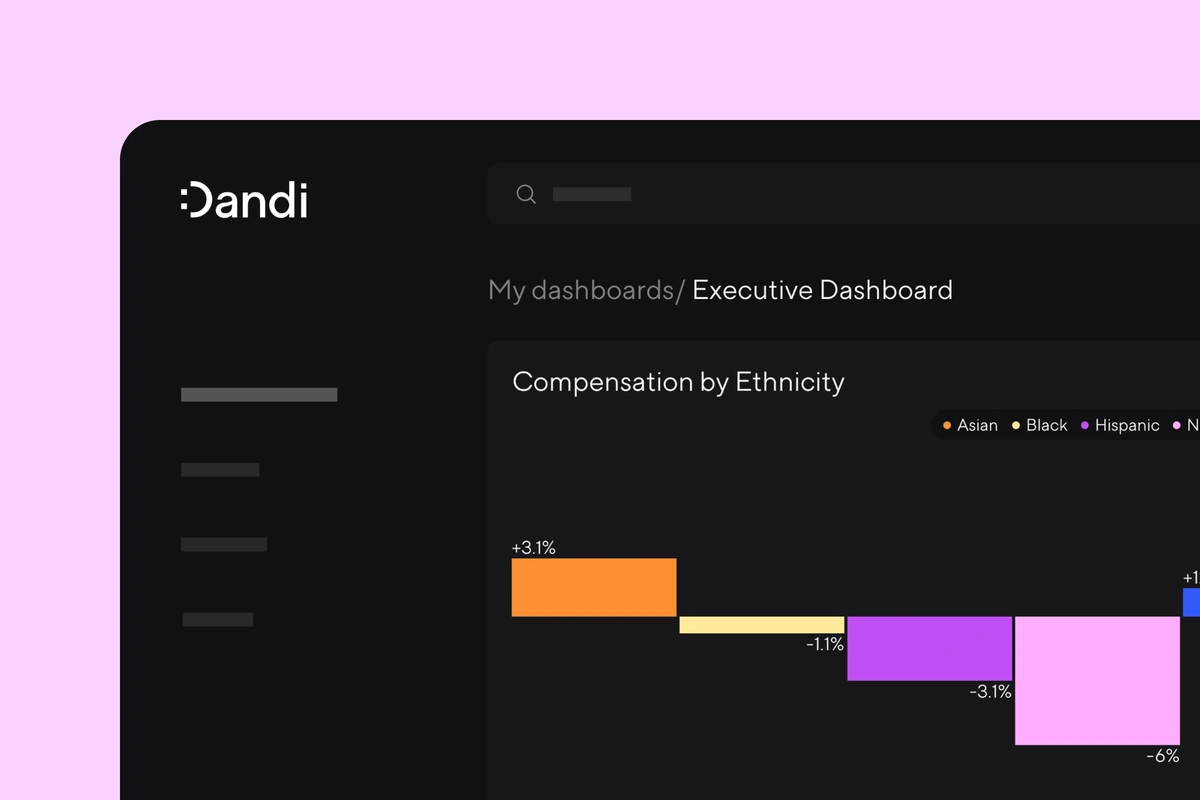
Dandi helps organizations unlock this process.
With Dandi, organizations can measure across factors including race, ethnicity, sexual orientation, office location, job level, age, and more to identify where their processes are unintentionally holding people back. Organizations can action adjustments, scale their DEI initiatives, and track the impact of their changes—all in real time.
Book a demo to learn how Dandi can unlock the small numbers in your compensation data.
More from the blog
Announcing more powerful Dandi data visualizations
Team Dandi - Oct 23rd, 2024
The New Maturity Model for HR Data
Catherine Tansey - Sep 5th, 2024
Buyer’s Guide: AI for HR Data
Catherine Tansey - Jul 24th, 2024
Powerful people insights, 3X faster
Team Dandi - Jun 18th, 2024
Dandi Insights: In-Person vs. Remote
Catherine Tansey - Jun 10th, 2024
Introducing Dandi AI for HR Data
Team Dandi - May 22nd, 2024
5 essential talent and development dashboards
Catherine Tansey - May 1st, 2024
The people data compliance checklist
Catherine Tansey - Apr 17th, 2024
5 essential EX dashboards
Catherine Tansey - Apr 10th, 2024
Proven strategies for boosting engagement in self-ID campaigns
Catherine Tansey - Mar 27th, 2024
